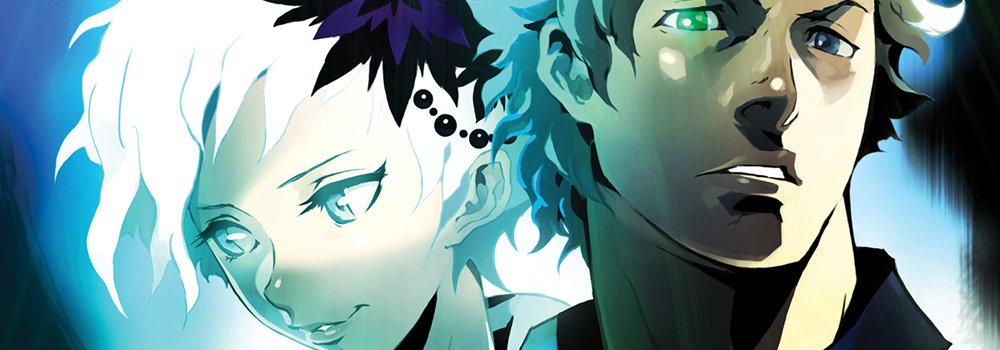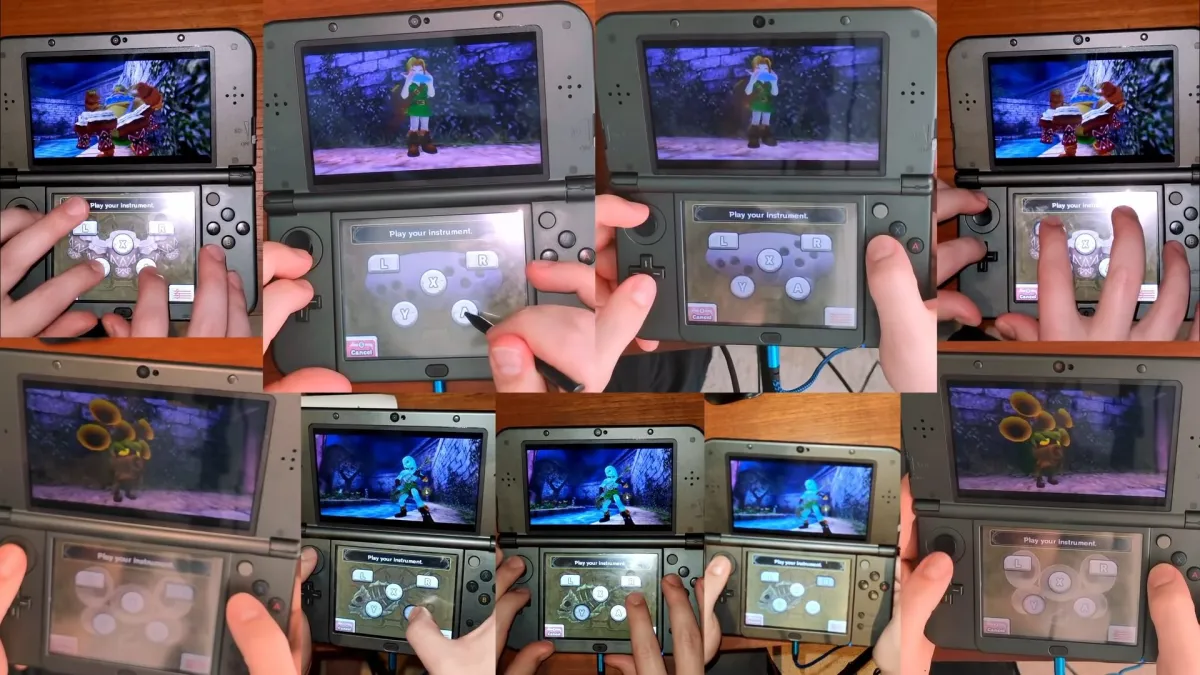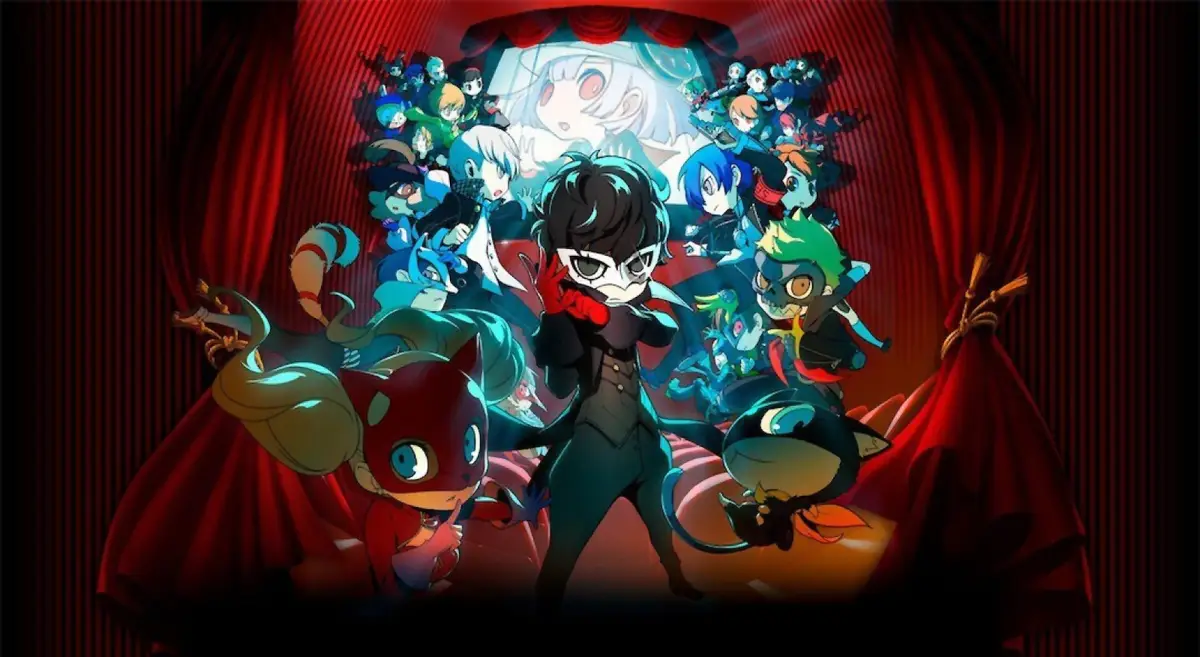Welcome to my kingdom
I cannot express enough how much I love 999: Nine Hours, Nine Persons, Nine Doors. A cross between escape-the-room puzzler and visual novel, it sits as a shining example of how powerful and engaging videogame narratives can be. Not only is 999 my favorite game of 2010, it’s also one of my favorite games ever. Period.
According to 999 director / writer Kotaro Uchikoshi, the title’s positive reception in the West was what kick-started development of a sequel. When I heard this news, I was filled with a mix of elation and apprehension. I couldn’t wait to dive into the next chapter of the Zero Escape saga, but I was worried that it would fall into the trap of trying so desperately to surpass its predecessor that it loses the essence of what made the original fresh and exciting.
In most respects, Virtue’s Last Reward is a far superior game. And while it doesn’t quite exceed 999‘s overall quality, it comes very, very, very, very, very damn close.

Zero Escape: Virtue’s Last Reward (3DS [reviewed], PlayStation Vita)
Developer: Spike Chunsoft
Publisher: Aksys Games
Release: October 23, 2012
MSRP: $39.99
The most important question is, can you play VLR without having played 999? Yes, although you’ll only be spoiling one of the greatest videogame tales ever told — VLR recaps all the major plot details of the first game. Plus, certain developments will only resonate if you had personally experienced the previous game’s events. Do yourself a favor and play 999 if you haven’t already. You’ll thank me later.
Anyway, the general setup here is identical to that of its predecessor. Nine abductees have been locked inside a strange installation and forced to play the “Nonary Game.” At first it appears they have nothing in common, but each has been specifically chosen for an unknown purpose. It’s up to them to find a way out, determine the identity of their masked captor known only as “Zero,” and uncover Zero’s true goal.
Each participant has been fitted with a bracelet that displays a point value and a color. Teams of three — consisting of a pair of a one color and a solo of another — must enter “Chromatic Doors” by forming the appropriate additive color combinations. For example, red and blue bracelets are needed to enter the magenta door, blue and green for the cyan door, and so on. Each team must then solve the puzzles behind those doors before they can progress further.
In each puzzle room is a set of key cards needed to play the Ambidex Game, a mini-game under the umbrella of the Nonary Game. In the Ambidex Game, or AB Game, the pair and solo team members enter separate booths and must vote to either “ally” or “betray” their teammates. It’s an application of the prisoner’s dilemma, in which points are added to or subtracted from the current bracelet value based on the parties’ willingness to cooperate or serve their own interests.
This is the true challenge of the Nonary Game. Only by accumulating 9 BP (Bracelet Points) can a participant open the Number 9 door that leads to freedom, but the door can only be opened once and then never again. On the other end, if a participant’s BP drops to 0, needles within the bracelet will administer a lethal injection. Salvation is only assured if everyone trusts one another, but the nature of their ordeal makes trust a rare commodity.
VLR is first and foremost a visual novel, which means the bulk of “play” time will be spent scrolling through dialog for many hours at a time with only a few instances of direct input. However, these few moments of interaction open up a wealth of narrative possibilities, coloring you perception of characters and events depending on the decisions you make. Ultimately, every player will reach the same conclusion, but their journeys will be vastly different.

Apart from the Novel sections are the Escape sequences — the aforementioned puzzle rooms. Here you’ll have complete control of the action as you navigate the space and solve various puzzles in a fashion quite similar to escape-the-room Flash games. You can use either the analog stick and buttons or the touch interface to move about, but I find that touch controls are more fluid and precise, especially when you have to examine objects that occupy a tiny area on the screen.
Point-and-click adventure fans should be in familiar waters, acquiring and combining items in order to open locked drawers and reveal secret panels. Each room also houses a handful of more complex puzzles, which require you to slide blocks within a certain number of moves or target regions of a dart board in a specific order. Solutions often can’t be derived through intuition alone, prompting you to search for clues in the immediate vicinity. These puzzles can be quite maddening; you might even find yourself stuck for an hour without any flash of insight. If you are willing to swallow your pride, you can reduce the room’s difficulty level at any time, prompting your team members to chime in with more frequent hints.
The Escape sections are enjoyable and rewarding, but the main draw of the game is the incredible story and the colorful characters sharing your plight. You of course are in the role of Sigma, a college student who was snatched away just outside of campus early Christmas morning. Joining Sigma are Tenmyouji, a crotchety old grump wearing a sweet bolo tie; Quark, a 10-year-old with a hat that looks like it’s fitted with stereo speakers; Dio, an impatient man with a circus ringleader’s attire; Luna, a soft-spoken gal who just wants everyone to get along; Clover, a familiar face from the previous Nonary Game; Alice, a woman so comfortable in her manner of dress that the only article covering her enormous bosom is an oversized necklace; and K, the token amnesiac whose appearance is concealed by full-body armor.

Most mysterious of all is Phi, the first person Sigma is paired with. Her general demeanor is a curiosity — she can be stern and aloof one minute only to let a spark of emotion through the next. She is extremely intelligent and assertive, typically taking charge of group planning, but every so often she cracks a deadpan joke or non sequitur, which only adds to her endearing social awkwardness. Then there’s her spooky habit of reciting information that she couldn’t possibly be privy to, only to brush off Sigma’s inquiries as to how she can be so knowledgeable.
Each character has a secret to tell, a clue towards solving Zero’s mystery, so it’s up to Sigma to gain their trust and obtain those clues. Unfortunately, the constantly shifting balance of trust makes it impossible to form a close bond with more than one or two people at a time. But Sigma has an ace up his sleeve, a technique that he didn’t know he possessed until the Nonary Game began — the ability to send his consciousness through time.
Somehow, Sigma can venture back and forth through the time stream and pass data gleaned in one timeline to the next. In a sense, VLR doesn’t actually have branching paths and 24 different endings; every possibility is a quantum state that exists simultaneously with one another. There may be a “true” ending, but every outcome is true in its own way.

Exploring new story paths has been streamlined since 999. In the original, you were kicked back to the beginning every time you reached one of the endings. Though you could fast-forward through previously read dialog, the process was fairly time-consuming, and you were still forced to replay certain Escape sequences.
In VLR, you can access a flow chart at a moment’s notice and instantly jump to any major Novel or Escape section you’ve previously cleared. By returning to a moment just before a Chromatic Door pairing or AB Game voting, you can make a different choice then navigate the new path. And should there be any repeated dialog in this alternate branch, you can fast-forward just as you would in 999.
By frequently shifting into different timelines, you are customizing an otherwise linear narrative. Depending on which branch you take in the beginning, you’ll be more suspicious of one character than would a player who picked an alternate path. You’ll gather clues in wildly different orders, making discoveries that paint actions in a new light compared to how you would have seen them otherwise. In juggling so many plot threads and outcomes, you get lost in a mental web, unable to immediately remember what events led you to that particular moment. You become the traveler lost in time, seeing everything and nothing all at once, overwhelmed by your own power.

When you aren’t cheating Father Time, you are engrossed in a drama of turmoil, betrayal, friendship, and heartbreak. You get to know these characters inside and out, and you feel responsible for hurting them. Voting “ally” or “betray” becomes a very difficult decision, because even though you can change the outcome at the drop of a hat, you realize that there will always exist a dimension in which you sold out your friends for your own selfish gain.
Part of that bond is due to the stellar voice acting. Even though you can choose to play with Japanese dialog, I found myself far more attached to the English cast. Everyone has their moment to shine, to deliver a powerful performance that mere text couldn’t hope to convey. The only character whose acting I felt was weak was Quark, but that’s because I feel a strange disconnect whenever adults voice children in animation and games.
The character who benefits the most from the voice acting is Zero III, the rabbit-looking AI construct who serves as the Nonary Game’s moderator. Manic yet playful with a heavy undercurrent of sadism, he behaves as though everyone ought to be having fun and even assigns pet nicknames to each of the participants. The levity in his speech is in stark contrast with the reality of the game, making him all the more frightening. I honestly believe Zero III is a strong contender for videogame antagonist of the year.

Kudos to Aksys as well for the translation as well as the minor additions that add a healthy dose of good-natured humor. There are a few corny bits sprinkled throughout the script — I could probably do without Sigma’s painful cat puns — but many provide hearty laughs. One particular Tenacious D reference caught me off guard, but it might be my favorite line in the game.
All that said, there are a couple of dark clouds that dot an otherwise clear sky. Even though the in-game assets imply that development led on the 3DS, the whole package appears to be optimized for the Vita. I’ve previously discussed a nasty save-corrupting bug that only plagues the 3DS build and which carried over from the original Japanese release. On top of that, there are instances of text being cut off the bottom of the screen and scenes where the 3D effect completely breaks, neither of which the Vita version has to worry about. Vita brings it all home with three separate save file slots versus a measly one on the 3DS.
VLR on Vita sounds like the way to go. Even so, I’ve heard second-hand reports of the Vita version locking up the system when you go to shut down. I can’t confirm this myself, but it doesn’t sound as serious as what the 3DS has. But aside from the save glitch, which can be easily avoided by not saving during any Escape sequence, the 3DS problems are more cosmetic than anything else. It does make the overall package feel a tinge sloppy, however.

The other major area where the game falters is in its resolution. The ending to 999 is simply perfect, with one of the most mind-blowing twists in any videogame ever. The twist made use of the design of the DS hardware to great effect, so I was hoping a similar hook would be employed in the sequel. Since VLR is multi-platform, it obviously can’t rely on hardware-specific tricks to such a degree. Disappointing but perfectly understandable.
The true disappointment comes from how overwrought the closing chapter actually is. I guess the only way Uchikoshi thought he could top the last game’s big revelation was to hit players with several bombs all at once. Suspension of disbelief is to be expected in a series like this, but VLR expects just a little too much. I guarantee that at least one of the multiple revelations will legitimately shock you, but the rest are so out in left field that you’ll be more dazed than surprised. The ending makes it quite clear that there will be another sequel, so hopefully the conflicting emotions I feel now will be properly addressed by the time Zero Escape 3 rolls around.
I spent over 30 hours with Sigma and company, and I’ll be damned if a bizarre final act will spoil an otherwise fine adventure. Through our shared struggles, I connected with these characters. By skating the time stream, I charted my own narrative. I want to share my experience with other players and have them share their own stories in turn. To be able to compare how our individual tales unfolded is a gift that few other story-driven games can provide.
Virtue’s Last Reward is a worthy follow-up in the Zero Escape series. You need to play it. Just, you know, play 999 first.





Published: Nov 10, 2012 02:00 pm